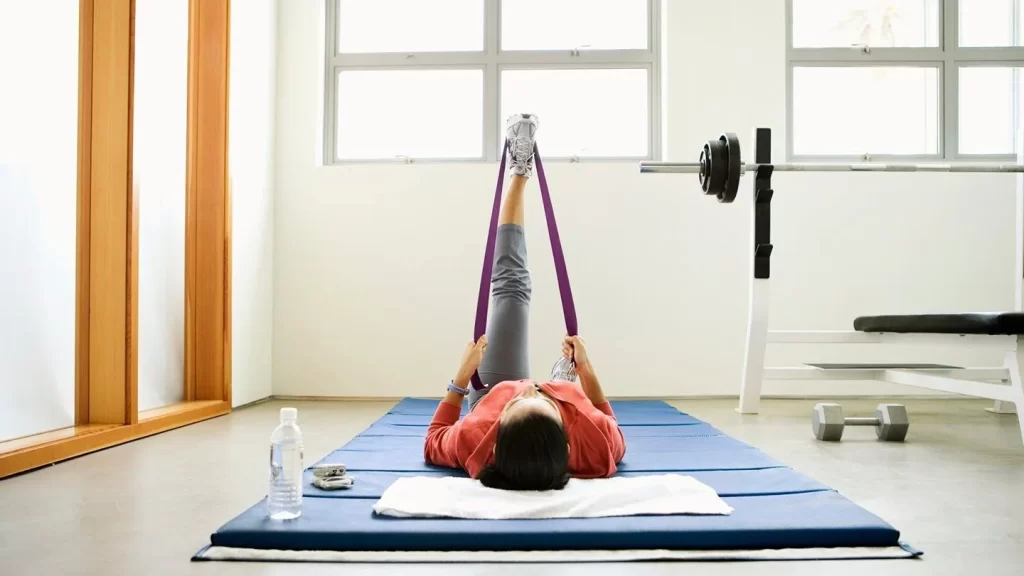
Back pain, a common condition affecting people of all ages and backgrounds, presents a complex healthcare challenge. This condition, which has many causes ranging from lifestyle choices to underlying medical problems, requires a multifaceted approach to management and relief. When addressing back pain, it is essential to consider both immediate relief strategies and long-term preventive measures.
Table of Contents
Ergonomics and workstation adaptations
Ergonomics and workplace adaptations play a key role in the management and prevention of back pain, especially for those who spend a lot of time at a desk. A well-designed workspace can not only alleviate existing discomfort, but also prevent the development of future problems.
Setting up an ergonomic workspace
An ergonomic workspace is designed to support the body’s natural posture and reduce strain. Key elements include an adjustable chair that supports the natural curve of the spine, a desk at an appropriate height and computer screens positioned to reduce neck strain.
The introduction of a standing desk is an excellent way to alternate between sitting and standing, reducing the risk of stiffness and discomfort associated with prolonged sitting.
Proper lighting is also essential to avoid eye strain and the compensatory postures that can lead to back pain.
Tips for reducing strain at work
To further minimise back strain at work, it is important to take regular breaks from sitting. Short, frequent breaks are more effective than long, infrequent breaks. During these breaks, stretching or walking around can help relax the muscles and improve circulation.
Ergonomic accessories such as footrests, lumbar cushions and anti-fatigue mats can increase comfort and support. In addition, good habits such as not holding your phone between your neck and shoulder and keeping frequently used items within easy reach can prevent awkward movements that can contribute to back pain.
By implementing these ergonomic practices and making conscious adjustments to the work environment, it is possible to create a space that not only promotes productivity, but also supports spinal health and overall well-being.
3 tips for exercise and back pain relief
Exercise plays a key role in both relieving and preventing back pain. Incorporating specific exercises into a daily routine can strengthen back muscles, improve flexibility and reduce the likelihood of future pain.
This section highlights three key tips for incorporating exercise into a back pain relief programme.
- Start with low-impact exercises: For people with back pain, it’s important to start with low-impact exercises that minimise strain on the back. Activities such as walking, swimming and cycling are excellent choices. These exercises increase blood flow to the back, which helps healing and reduces stiffness.
- Include core strengthening and flexibility training: Strengthening your core – which includes the muscles in your abdomen, back and sides – is crucial for supporting your spine. Exercises such as planks, bird dog, and gentle yoga poses not only strengthen these muscles, but also improve flexibility. Improved flexibility can reduce the risk of muscle strains and sprains, which can make back pain worse.
- Practice proper technique and gradual progression: When doing exercises to relieve back pain, it’s important to focus on proper form and technique. This ensures that the right muscles are targeted and reduces the risk of injury. Gradually increasing the intensity and duration of exercises over time allows the body to adapt without putting additional strain on the back.
Incorporating these exercise tips into a regular routine can go a long way towards reducing back pain and improving overall spinal health. However, it’s always a good idea to consult a healthcare professional before starting any new exercise programme, especially if you have chronic or severe back pain.
